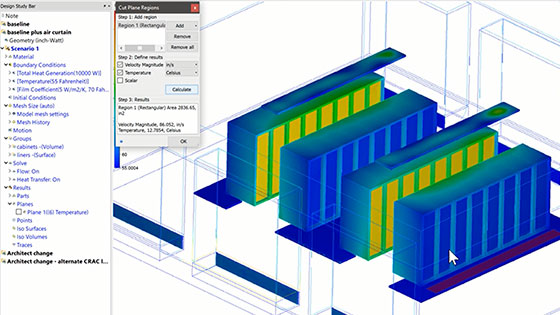
of experience

CFD is best used in situations where the behavior of the system cannot be calculated using traditional methods. Such situations occur when working on complex projects or buildings that have unusual geometry, for example.
The most common use of CFD simulation assistance is by:
CFD is used by many sectors in engineering work to analyze, optimize and verify the performance of designs, thereby significantly reducing the costs associated with earlier prototyping and already proper physical testing.
Examples of industries where such simulations are used:
To perform a CFD simulation, you need a powerful computer and specialized software to perform calculations of free fluid flow and its interaction with surfaces defined by boundary conditions.
One commercial calculation package that includes CFD is Autodesk’s CFD package.
Autodesk CFD is computational fluid dynamics simulation software that engineers and analysts use to intelligently predict the behavior of liquids and gases.
With this software, fast, accurate, and flexible simulations for fluid flow and heat transfer are possible to help predict product performance, optimize designs and verify product behavior before manufacturing.
It significantly reduces the use of costly physical prototypes and brings products to market faster.

Autodesk CFD gives you a wide range of possibilities to perform various simulations.
See the most popular ones you can perform with this software:
The advantage of the software is that it is quite easy to prepare simulations, and it has an excellent mesh generation module that enables precise results while requiring little work in its preparation.
Importantly, the software has a large number of integrated turbulence models that allow the simulation of a variety of phenomena.
Also worth noting is the ability to quickly analyze the results obtained thanks to the Design Center tool.
It helps design engineers make decisions on the subject of flow and thermal analysis, eliminating the costly process of physical testing.
The software is defined as upfront software because it is characterized by its ease of use. It is an easy package to learn and easy to implement and automate simulation processes. Autodesk CFD interacts with a variety of CAD systems from different vendors.
